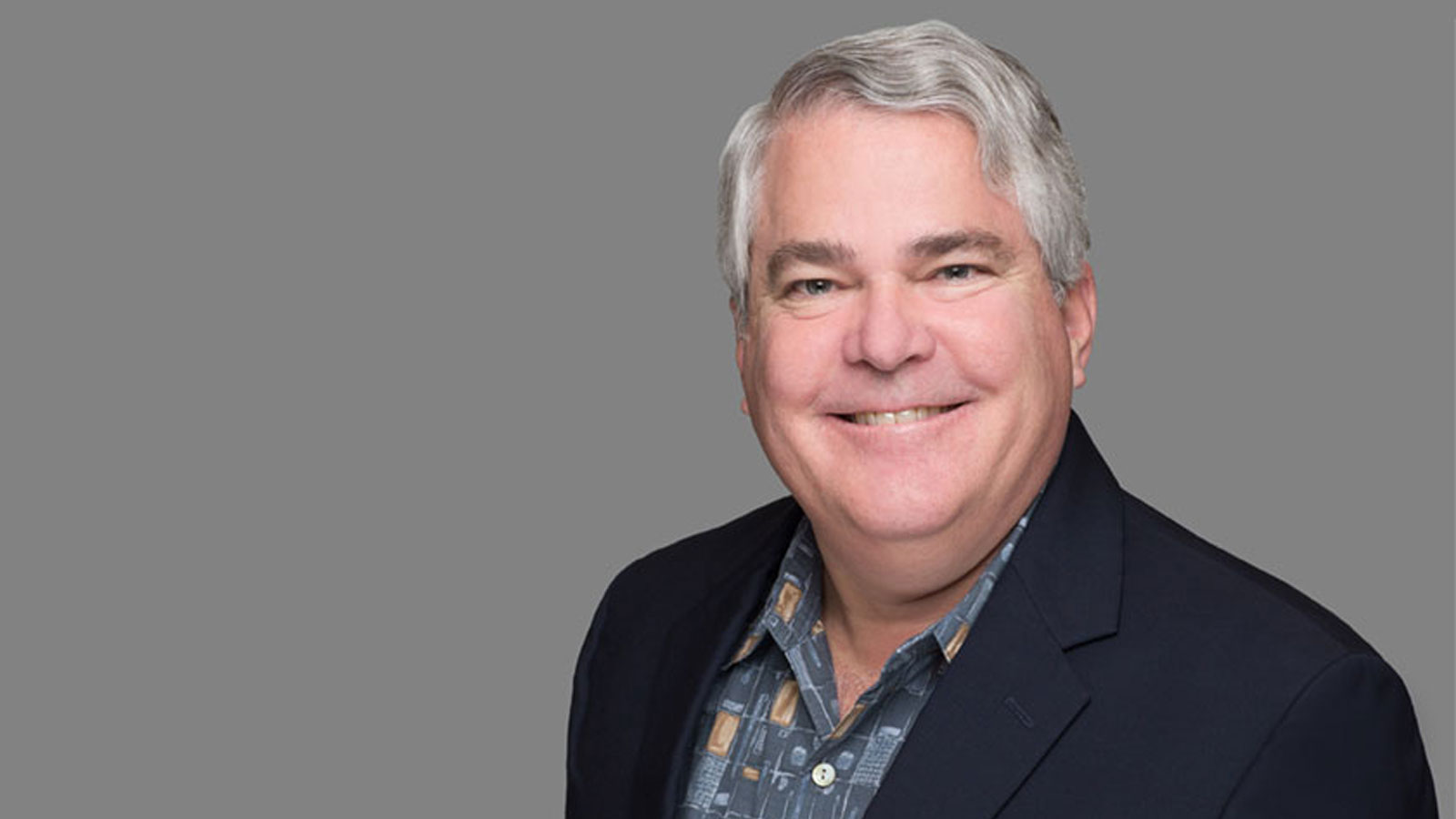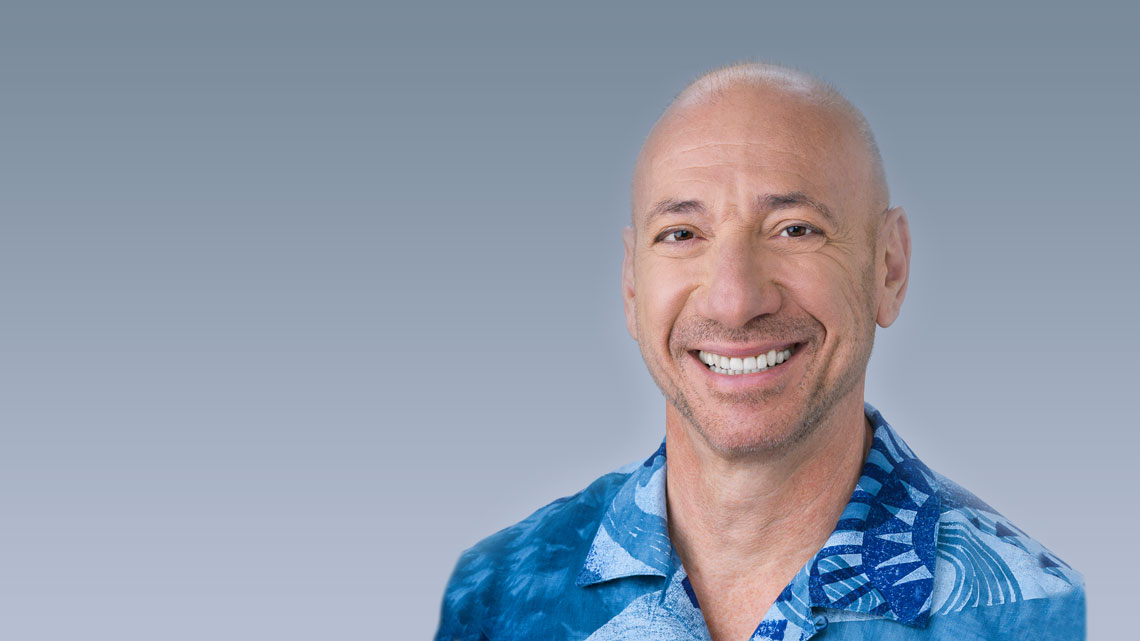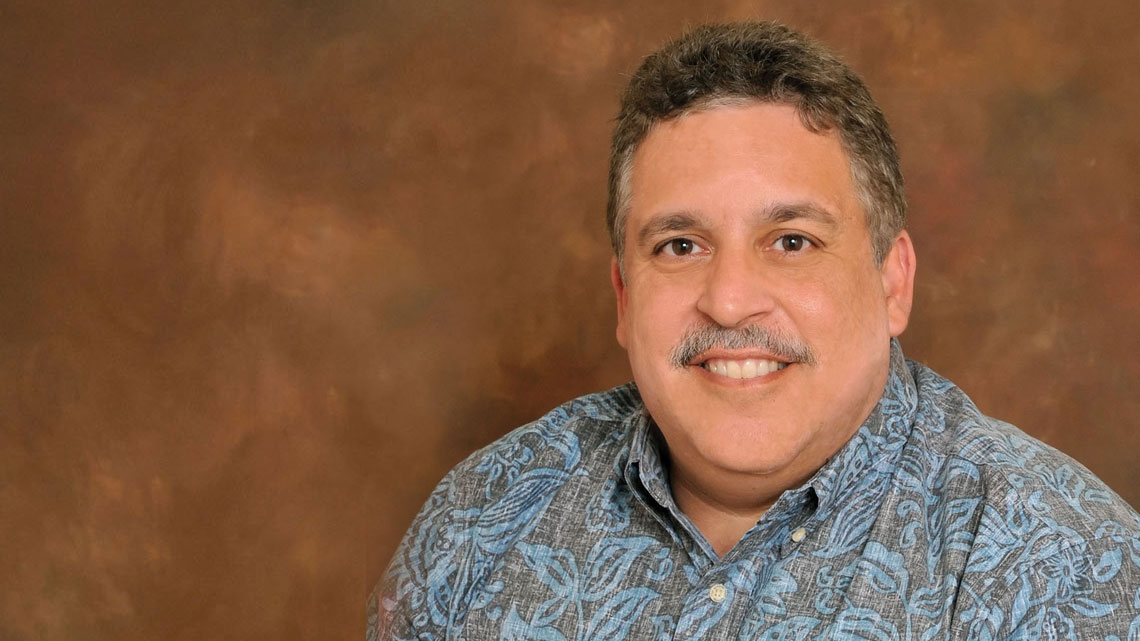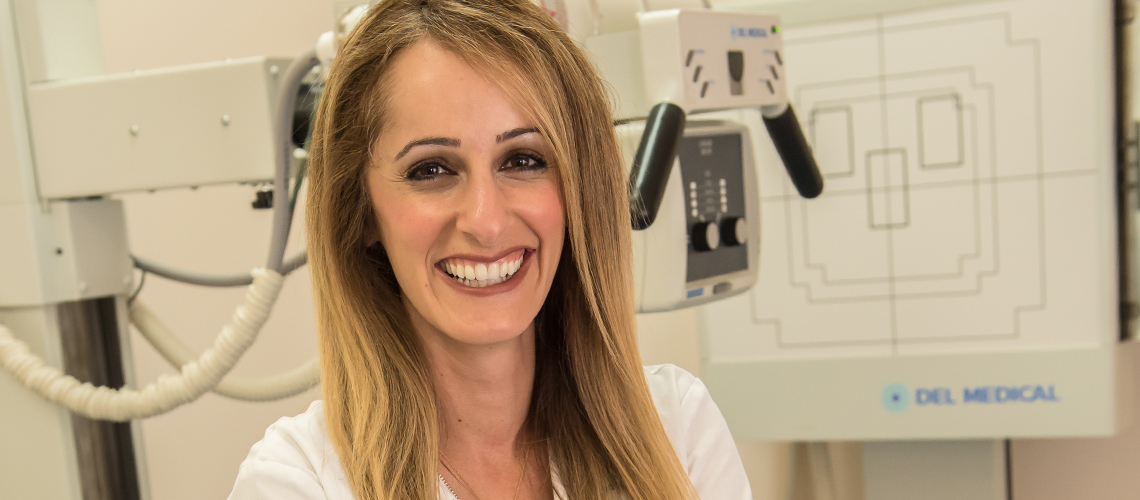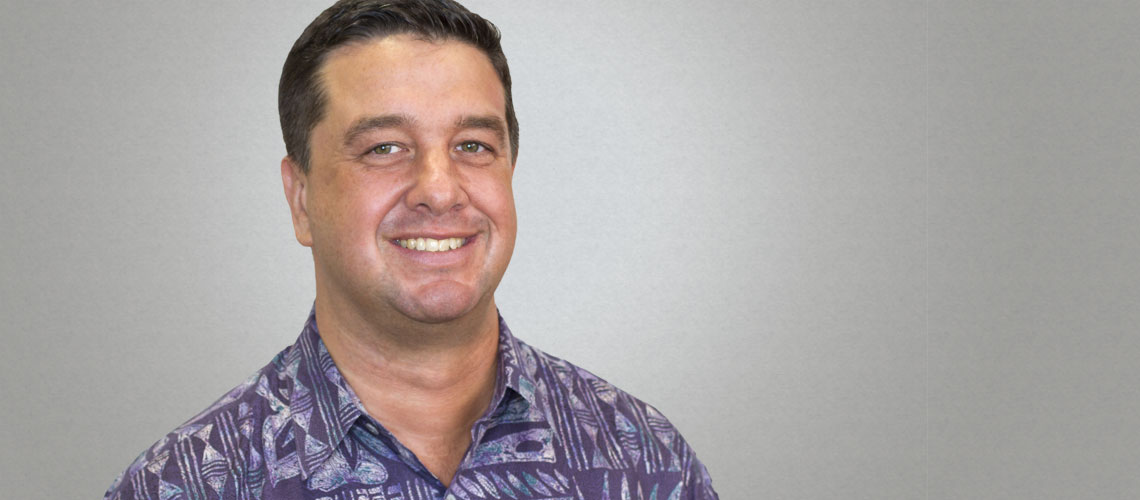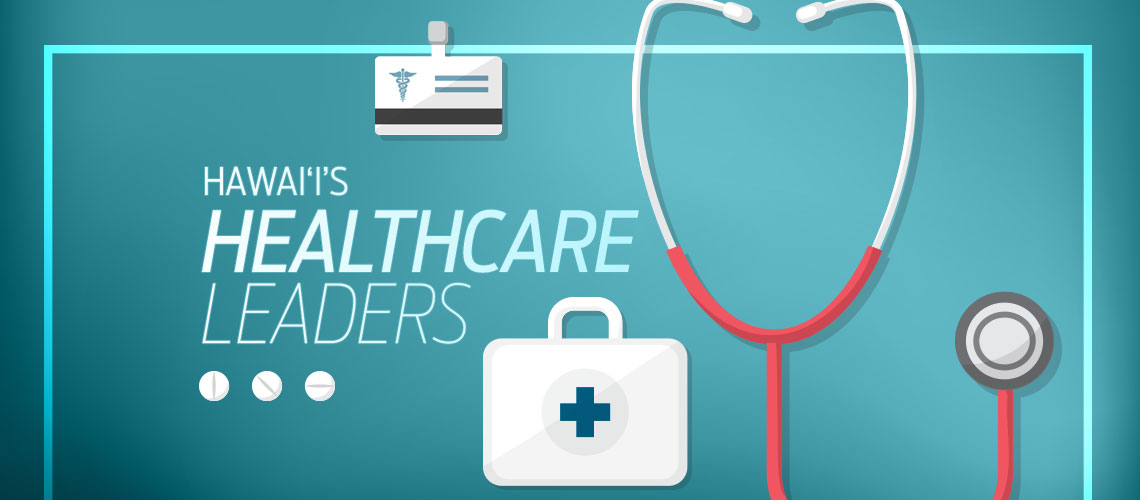Prior to leading Hawai‘i’s largest provider of dental benefits plans, Mark Yamakawa spent the majority of his career at The Queen’s Medical Center, starting off as an engineer and eventually becoming executive vice president and chief operating officer.
On the state of the industry:
Early in my career, health care providers identified themselves as service-based businesses, and their focus was cost efficiency. Cost containment will always be a relevant concern for any company, but really looking at the touch points with patients in an integrated delivery system that focuses on quality of care and value is more important than ever. There is much efficiency in improving the quality of the doctor-patient encounter and determining how that ties into a demonstrable preventive and proactive health care plan. It’s not just about treating the patient anymore, but improving overall population health—that’s when the wellness and economic incentives come. The medical community shifted to this model over a decade ago, but the dental side has only just scratched the surface, so it’s exciting for us at HDS to finally start to realize the potential for our company and members when quality and value intersect.
From a benefits-coverage standpoint, health plans, governments and consumers will be looking for stronger integration between medical and dental to prevent and diagnose conditions early on. Opportunities for the dental professional continue to look beyond the mouth alone, recognizing the connections between oral and total body health and continuing to find new approaches, will gradually change the way providers interact with other medical professionals.
On the state of health in Hawai‘i:
Preventive care has always existed in some form on the medical and dental side. In the last few years, however, carriers have been getting assistance in conveying the value of preventive care, largely through increased government promotions and awareness programs that communicate the importance of ceasing unhealthy habits like tobacco, alcohol and drug use, maintaining a healthy lifestyle through exercise and proper diet, and stress management. Also, access to more data has shown the cost savings of focusing on prevention rather than treatment procedures, which lessens the burden on inpatient/outpatient care, emergency services, medications and rehab.



